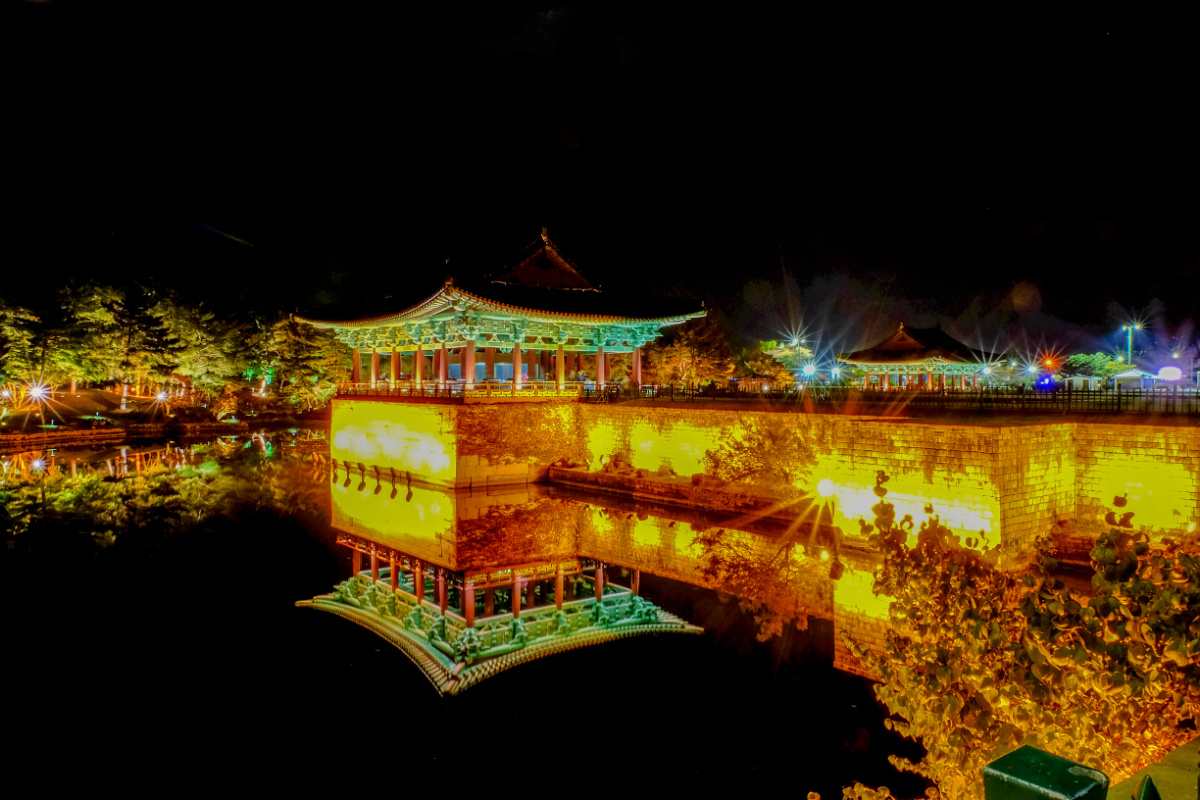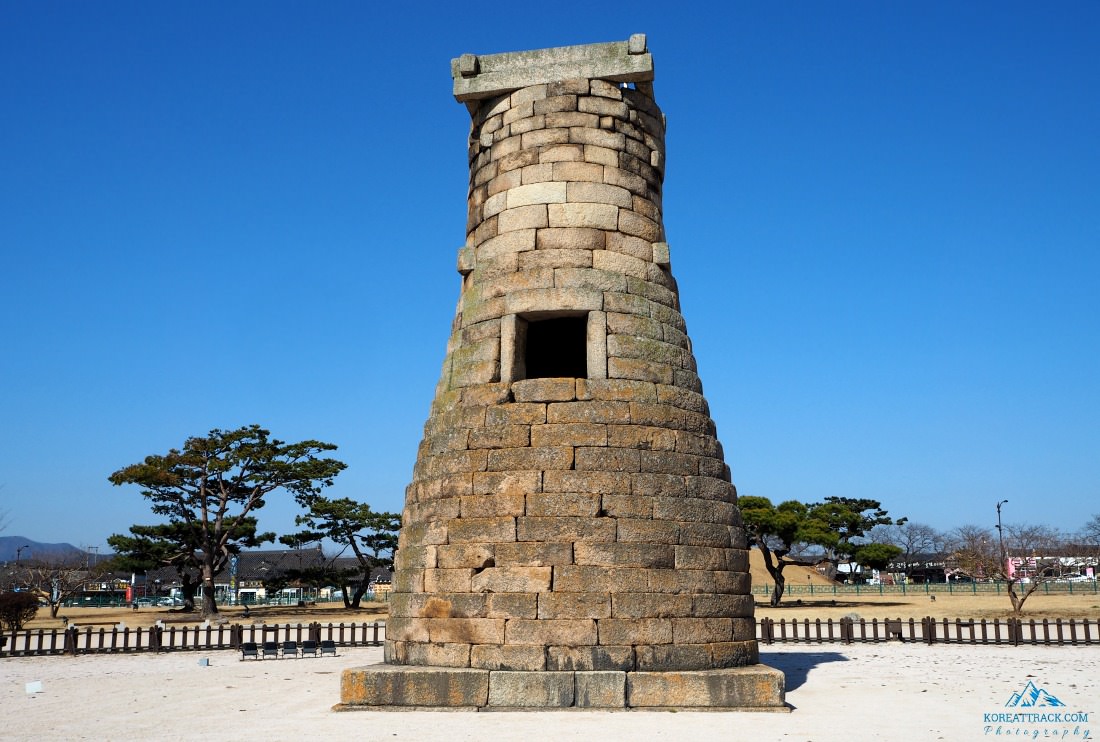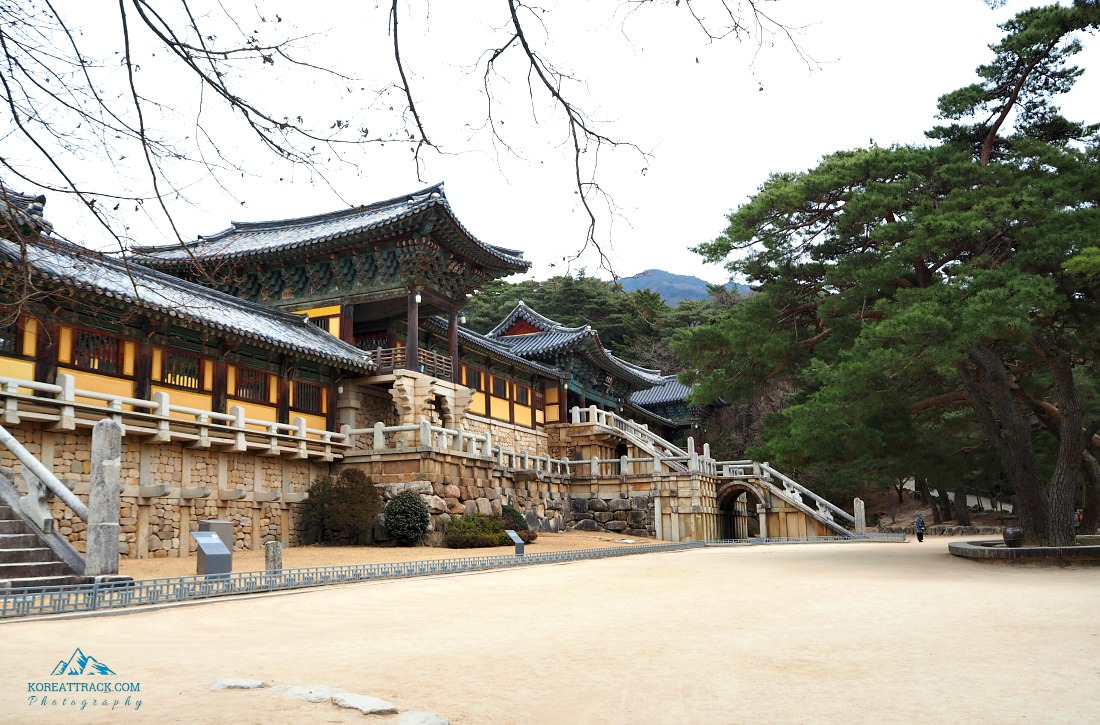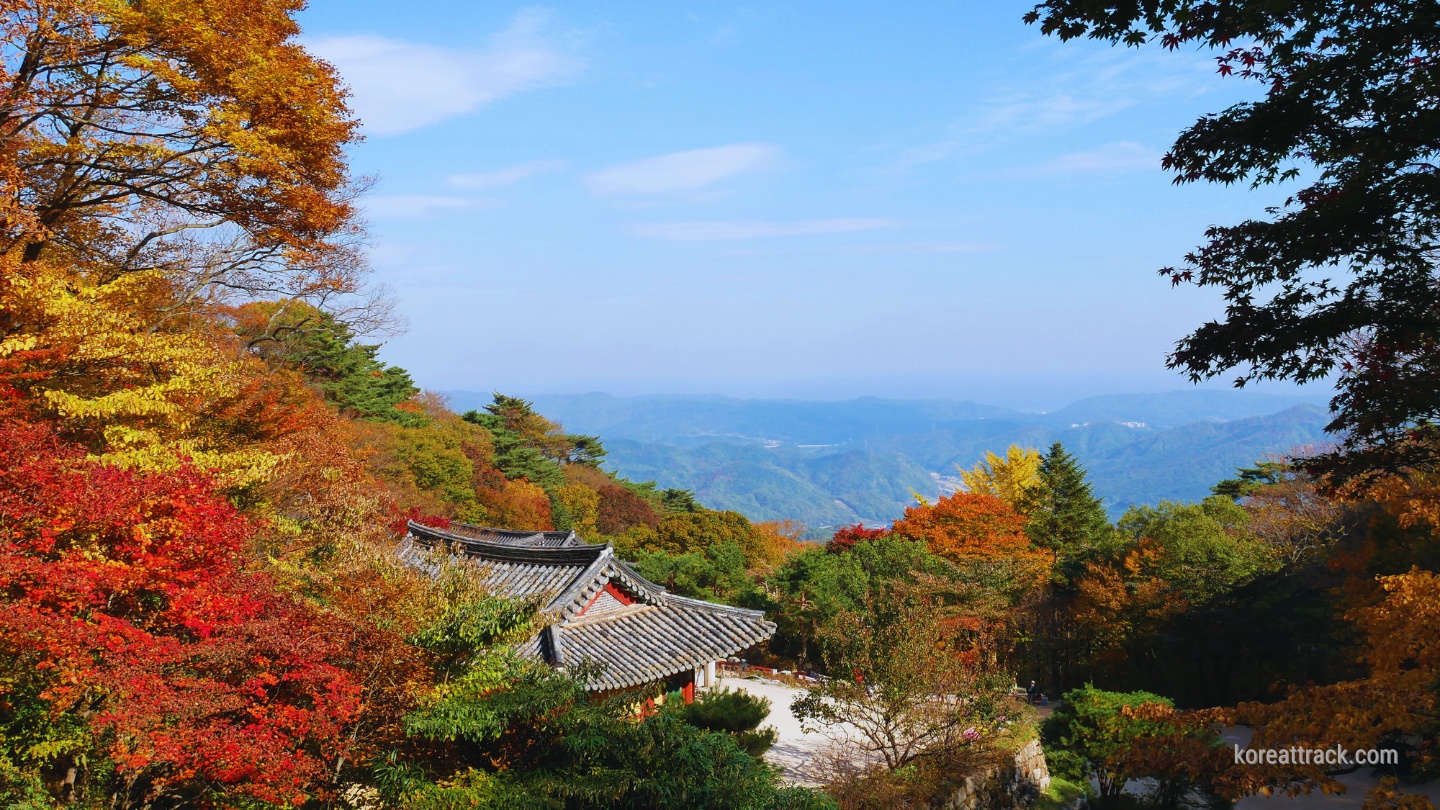Anapji Pond: A Cultural Influence on Korean Beauty
 Anapji Pond's amazing sight
Anapji Pond's amazing sightIntroduction
Step into a world where ancient elegance meets natural splendor at Anapji Pond in Gyeongju City. A relic of the Silla Dynasty, this regal pond is enveloped by ornate pavilions and lush gardens that whisper tales of a bygone era.
As the soft glow of sunset bathes the tranquil waters, the reflections of the surrounding architecture create a mesmerizing tableau. Anapji Pond, originally part of a royal palace complex, was designed as a place of leisure for ancient Korean royalty and now stands as a testament to the artistic and cultural prowess of the Silla Dynasty.
Whether you’re a history enthusiast, nature lover, or a seeker of serenity, Anapji Pond offers an escape into a realm where history and beauty converge, and every view is a painting waiting to be captured.
Don't miss the enchanting night illumination which transforms Anapji into a dreamscape!
Anapji Pond
Tucked away in the heart of the ancient city of Gyeongju lies Anapji Pond, a serene and picturesque destination that offers a glimpse into the royal splendor of Korea's Silla Dynasty.
Whether you're a history buff, a nature lover, or a photographer seeking the perfect shot, Anapji Pond promises a rich and enchanting experience.
Historical Significance
Anapji, meaning "Goose and Duck Lake," is part of the Donggung Palace and Wolji Pond area. It was constructed in the 7th century under the reign of King Munmu as a pleasure garden and secondary palace for the Silla royalty.
The pond is surrounded by elegant palace buildings and lush gardens, reflecting the luxury of the Silla era.
The Silla Dynasty flourished from 57 BC to 935 AD and held a special place in Korean history as one of the Three Kingdoms of Korea. Its significance lies in its rich cultural heritage, arts, architecture, scientific advancements, and its role in unifying the Korean Peninsula.
Moreover, the Silla Dynasty is known for its remarkable metallurgical skills, most famously demonstrated by crafting golden crowns and accessories with intricate designs and pure gold.
Anapji Pond is a living testament to the Silla Dynasty's cultural prowess and architectural ingenuity. Constructed as a royal garden, Anapji Pond reflects the aesthetics and opulence of the Silla era. The layout of the pond, with its meandering paths, pavilions, and meticulously arranged landscaping, is designed to harmonize with nature.
The structures around Anapji Pond, although reconstructions are based on historical records and excavations, showcase the Silla period's architectural style. The combination of architecture, water, and natural elements at Anapji Pond epitomizes the Silla Dynasty's appreciation for beauty, balance, and harmony, values that resonate in Korean culture today.
In essence, Anapji Pond serves as both a symbol and a relic of the Silla Dynasty's grandeur and cultural richness, offering a window into an essential chapter of Korea's historical and cultural evolution.
Tranquil Beauty
One of the fascinating features of Anapji Pond is its sheer beauty. The meticulous pond layout, with its meandering trails, wooden pavilions, and lotus flowers, creates an atmosphere of tranquility and elegance.
The reflections of the pavilions on the calm water, particularly during sunrise and sunset, make for a spectacular sight.
As for the best times to visit Anapji Pond, early morning and late afternoon are generally considered the best times for photography, as the lighting is softer and the crowds are thinner.
However, the pond is beautiful at any time of day, and visitors are sure to enjoy the serene atmosphere no matter when they visit.
Restaurants with Local Cuisines
For those looking to experience the local cuisine near Anapji Pond, there are several excellent restaurants to choose from.
Some of the most popular options include the Korean BBQ joint Samgyeopsal House, known for its grilled meat and traditional side dishes.
Another top choice is the seafood restaurant Gyeongju Fish Market, which offers fresh catches of the day and various seafood dishes. For those looking for a quick snack or drink, there are also several cafes and street food vendors in the area.
Interesting Activities
1. Guided Tours: Guided tours are available at Anapji Pond, offering insights into the history and significance of the site. These tours are highly recommended for history enthusiasts.
2. Photography: Anapji Pond is a paradise for photographers. The combination of architectural beauty, reflections on the water, and vibrant flora make this spot a picturesque canvas.
3. Nighttime Visit: The pond is beautifully illuminated at night, and the ethereal glow of the pavilions on the water makes for a magical experience.
4. Gyeongju National Museum: Enhance your visit by stopping at the nearby Gyeongju National Museum, which houses numerous artifacts from the Silla Dynasty.
5. Local Cuisine: Try local dishes in nearby restaurants. Gyeongju is famous for its bread (Gyeongju ppang) and a traditional Korean sweet called Hwangnam-pang.
Getting to Gyeongju City
Gyeongju City is accessible from different parts of South Korea. Here's how to get there and subsequently to Anapji Pond:
From Seoul
By KTX Train: Take the KTX train from Seoul Station to Singyeongju Station (approximately 2 hours). From Singyeongju, you can take a bus or taxi to Gyeongju City.
By Express Bus: Take an express bus from Seoul Express Bus Terminal to Gyeongju Express Bus Terminal. The journey takes around 4 hours.
From Busan
By Train: Take a KTX or regular train from Busan Station to Gyeongju Station (approximately 30 minutes to an hour).
By Express Bus: Take an express bus from Busan Central Bus Terminal to Gyeongju. The journey takes around 1 hour.
Wrapping Up
Anapji Pond in Gyeongju City is not just a historical site; it's a place where you can find peace and immerse yourself in the beauty of traditional Korean architecture and nature.
Its rich history, serene ambiance, and convenient facilities make it an unmissable destination for anyone visiting South Korea.
- Home
- Gyeongsangbukdo Travels
- Anapji Pond in Gyeongju City
Get Exciting Activities
Book one of our exciting activities today to experience the thrill of a lifetime! Take advantage of this opportunity and secure your spot in advance.
Hotel Map Guide
Find your affordable, accessible, and comfortable hotel in Seoul at Agoda.Com. See the hotel map below...
Hotel Booking Guide
Find affordable and amazing hotels on Agoda.com using the search box below. Book now to enjoy great discounts and save!







New! Comments
What do you think about this page? Leave me a comment in the box below.